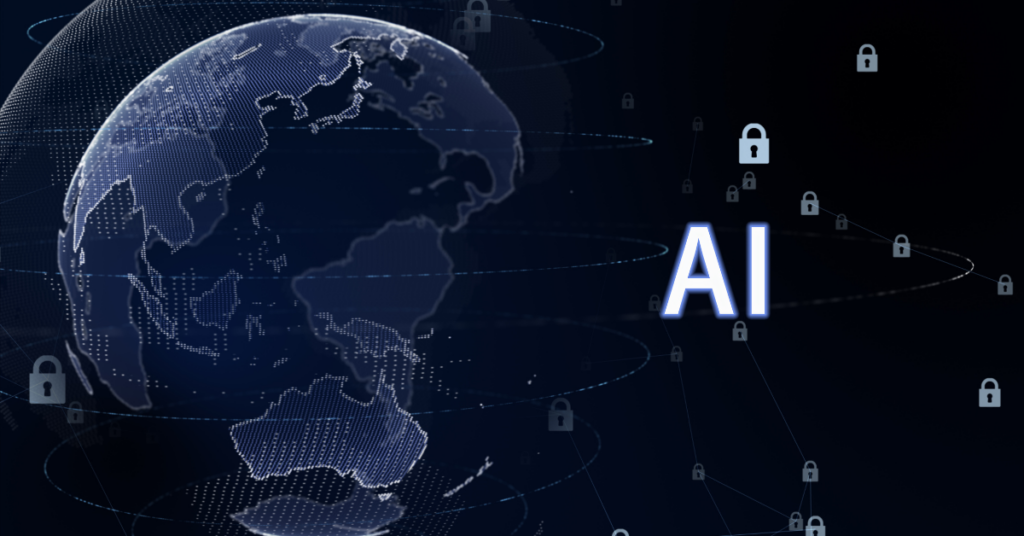
Windsurf, a pioneering technology firm, has just announced the release of its SWE-1 family of AI models, marking a significant leap forward in the application of artificial intelligence to software engineering. This new suite of models promises to revolutionise various aspects of the software development lifecycle, from code generation and testing to debugging and maintenance.
The SWE-1 family comprises several specialised AI models, each designed to address specific challenges within software engineering. Key capabilities include:
The introduction of SWE-1 has the potential to dramatically alter the software development lifecycle. By automating repetitive tasks and providing intelligent assistance, the models can free up software engineers to focus on more creative and strategic work. This leads to faster development cycles, improved software quality, and reduced costs.
Furthermore, SWE-1 can empower developers with limited experience by providing guidance and support, making software development more accessible to a wider range of individuals. The benefits extend beyond initial development, as SWE-1 can also assist with ongoing maintenance and updates, ensuring that software remains reliable and secure throughout its lifespan.
The SWE-1 models are built on a foundation of cutting-edge deep learning techniques and trained on a massive dataset of code, documentation, and bug reports. This extensive training enables the models to understand the nuances of different programming languages and software architectures.
Windsurf has also prioritised explainability and transparency in the design of SWE-1. The models provide insights into their reasoning process, allowing developers to understand how they arrived at a particular solution or recommendation. This fosters trust and confidence in the AI’s capabilities and enables developers to fine-tune the models for specific use cases.
Windsurf plans to continue expanding the SWE-1 family with new models and features. Future development efforts will focus on improving the models’ ability to handle more complex software projects and integrating them with existing software development tools. The company also envisions SWE-1 being used in a variety of applications, including:
The release of the SWE-1 AI model family represents a major advancement in the field of artificial intelligence for software engineering. Windsurf’s innovative approach promises to transform the way software is developed, maintained, and evolved, ultimately leading to better, more reliable, and more secure software for everyone.